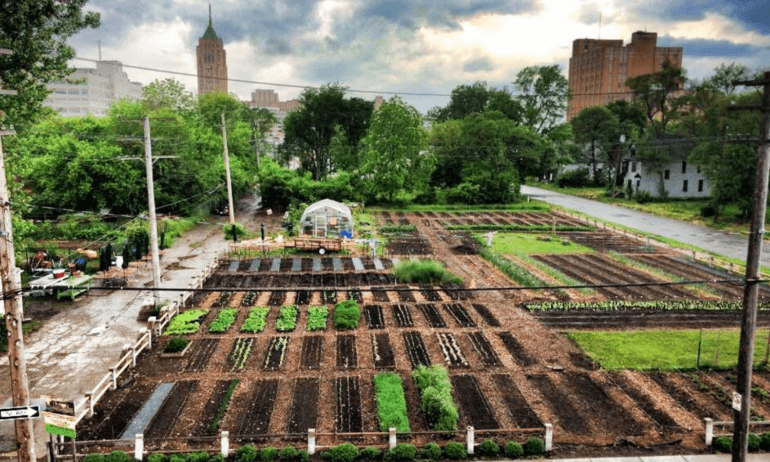City Blooming Fundamentals Explained
City Blooming Fundamentals Explained
Blog Article
Indicators on City Blooming You Need To Know
Table of ContentsCity Blooming Can Be Fun For AnyoneNot known Facts About City BloomingExcitement About City BloomingThe Buzz on City BloomingThe Of City Blooming
Intrigued in expanding food for sale in the City of Chicago? Below is a checklist of often asked concerns pertaining to the policies and guidelines that growers must take into consideration when intending a metropolitan farming project.
The zoning modification does not change any type of various other codes taking care of composting, building licenses, acquiring or leasing City had home, company licenses or ecological contamination. There are existing codes that control these issues and they remain in complete effect and might be appropriate to your task. Area yards are commonly had or handled by public entities, public organizations or community-based companies and kept by volunteers.
Urban ranches grow food that is meant to be offered, either on a nonprofit or for-profit basis. Due to their commercial purpose, city ranches need an organization certificate.
City Blooming - Truths
The quantity of compost product can not exceed 25 cubic backyards at any provided time according to the criteria in 7-28-715 of the City's Municipal Code. Because the dirt at most new garden websites needs amending, compost, soil, wood chips, or various other materials can be obtained to build or boost the growing room.

If a structure license is needed then the hoophouse will certainly be considered an accessory building. You can discover out more about the building license needs by contacting the Department of Structures. The 25,000-square-foot size limit is intended to protect against a solitary neighborhood garden from controling a provided block or interfering with the block's existing domestic or business personality.
The limit does not relate to gardens found in Public Open Area (POS) districts. Can there be greater than one community yard that is 25,000 square feet on a single block? Yes. The dimension limit uses to individual gardens, not to specific blocks. No. Secure fencing is not required, nevertheless, gardens that have huge vehicle parking areas might be needed to mount secure fencing or other landscaping functions.
The 5-Second Trick For City Blooming
B1 & B2 districts call for that all industrial use activities be carried out inside. R districts restrict industrial task. The policies reflect the function and intent of the Zoning Code. Is fencing required for city farms? Yes. Fencings may be required, in addition to landscape design and screening, for specific parking lot and outside work or storage space areas depending on location and the particular task taking location.
Yes. Urban farms need building permits and zoning approvals before building and construction. Various other kinds of city evaluation might be called for relying on particular frameworks, activities, size, landscaping, licensing, public health and stormwater monitoring concerns. Much of these demands are determined in the task design or allowing procedure, however, the applicant might be accountable to independently determine certain licenses or permits that might be needed.
The Department of Company Matters and Customer Protection can assist figure out the specific kind of organization certificate that's called for. Off road car park is required for most commercial projects in Chicago. The required number of vehicle parking spaces is based on the number of workers working on website and not the square video footage of the growing area.
The smart Trick of City Blooming That Nobody is Talking About

An urban farm can sell compost product produced on site, nevertheless, the procedure has to abide with the policies in 7-28-715 of the Chicago Municipal Code. Aquaponic systems are permitted inside on urban ranches in many zoning areas.
Up to 5 hives or colonies of honey bees may be maintained as basics an accessory usage. Nonetheless, beekeepers have to register with the Illinois Department of Agriculture. For more details regarding the recommended zoning modification you may speak to the Department of Housing and Economic Development, Bureau of Preparation and Zoning at 312.744.8563.
, which takes place in rural areas at the side of suburbs.
Some Known Details About City Blooming
, who seek to form social networks founded on a common principles of nature and community holism. These networks can create by method of formal institutional support, ending up being integrated into regional town preparation as a "change community" movement for sustainable urban advancement.
The extra direct access to fresh vegetable, fruit, and meat items that may be understood via city agriculture can boost food security and food safety and security while reducing food miles, resulting in lower greenhouse gas emissions, therefore adding to climate adjustment mitigation. A few of the initial proof of urban farming comes from Mesopotamia.
Report this page